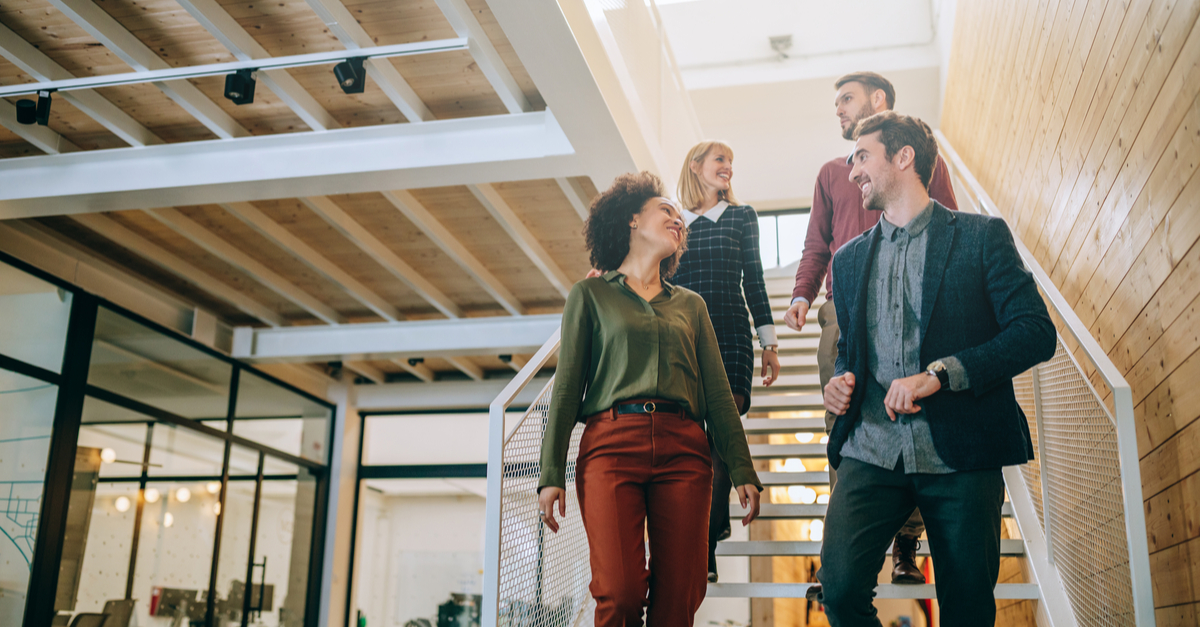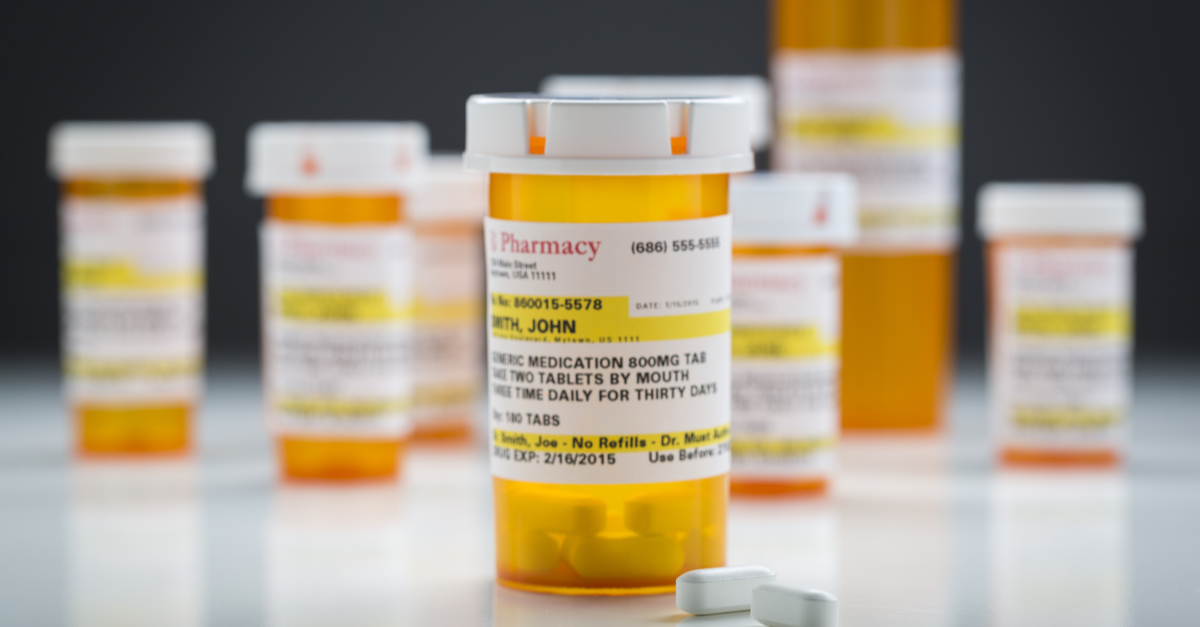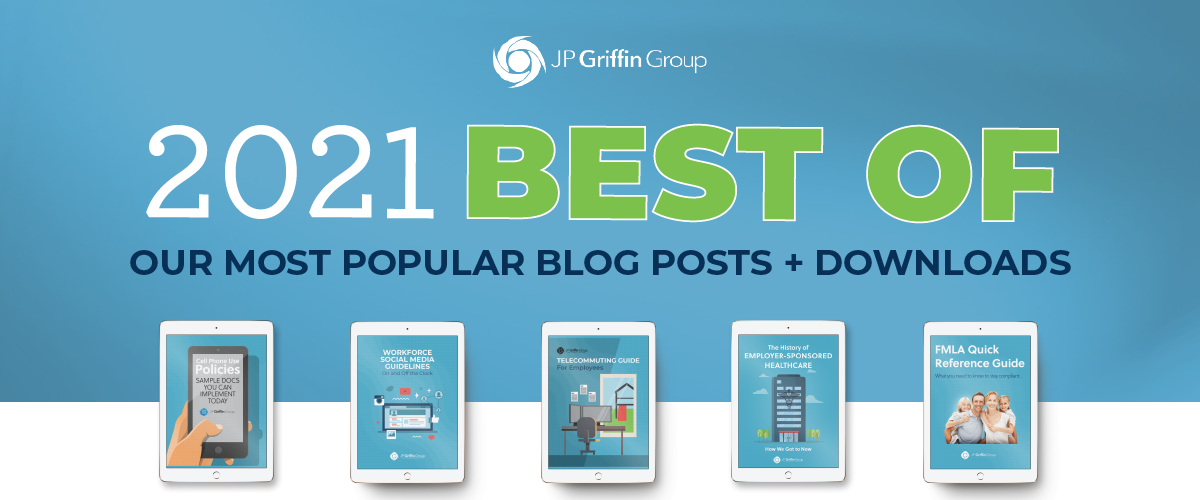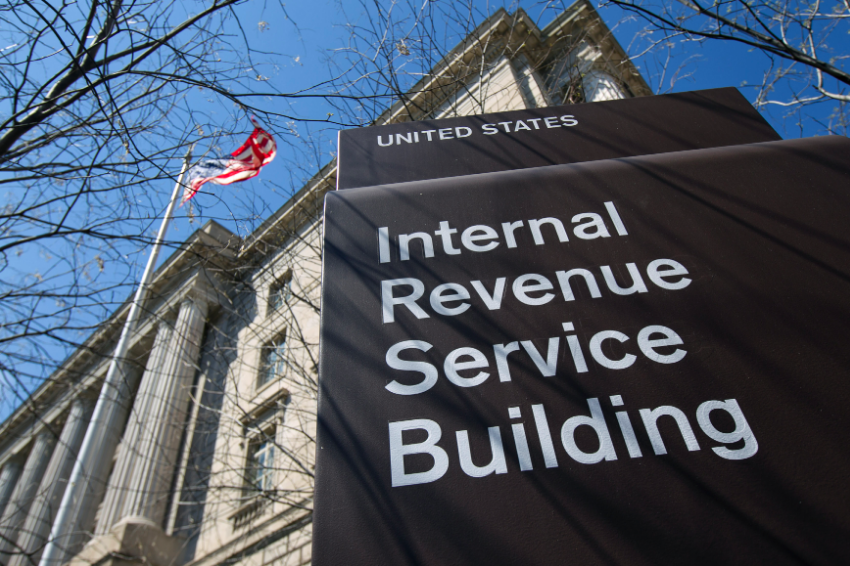Since its inception, the Affordable Care Act (“ACA”) has measured “affordability” based solely on the cost of employee-only coverage. This so-called “family glitch” has meant that spouses and dependent children of employees who are offered affordable, minimum value coverage have not been eligible for federal tax credits (Premium Tax Credits; “PTCs”) to purchase coverage through the marketplace.
As a result, even though such family members might not receive a penny of employer-subsidized health coverage, an employer’s satisfying mandate duties to the employee has always been “imputed” to children and spouses, thereby effectively blocking those family members from obtaining any federal money.
Recently the Internal Revenue Service (“IRS”) announced proposed regulations that would change this. This IRS change solely alters family access to federal marketplace coverage subsidy funding but does NOT expand the employer mandate to include family coverage.










.jpg)










